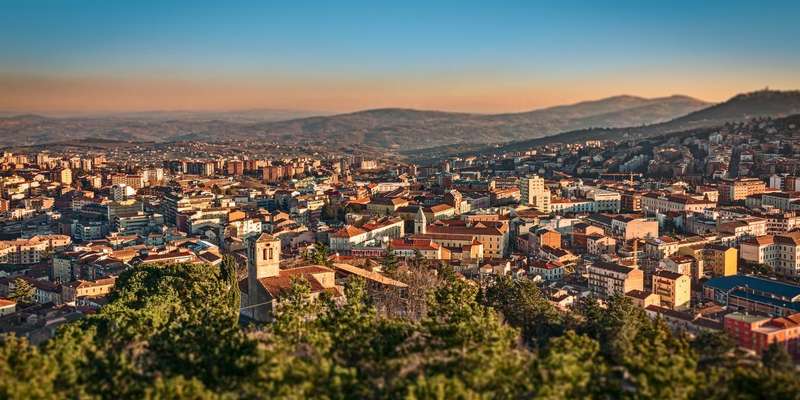- Home
- Useful Tips
- Campobasso's historical heritage
Many travelers overlook Campobasso's rich historical heritage, missing out on one of Italy's most authentic cultural experiences. Recent tourism data shows less than 5% of Italy's visitors explore the Molise region, often deterred by misconceptions about accessibility and lack of information. This leaves history enthusiasts facing frustrating gaps in guidebooks and generic itineraries that don't capture Campobasso's true character. The struggle to find reliable details about opening hours, ticket combinations, or lesser-known sites means visitors waste precious vacation time deciphering logistics instead of immersing themselves in the town's remarkable past. Locals whisper about breathtaking medieval architecture and untold stories waiting beyond the main squares, but these treasures remain frustratingly out of reach for those without insider knowledge.


Navigating Campobasso's Castle Complex Without the Crowds
The imposing Monforte Castle dominates Campobasso's skyline, but most visitors don't realize its underground passages and lesser-known vantage points offer far more atmospheric experiences than the main courtyard. Arriving just before 11am or after 3pm helps avoid school groups that frequent the site during peak hours. While the castle's exterior is always accessible for free, the interior museum's modest €5 ticket includes access to the Norman Tower – something many miss by not asking about combined entries. Local historians recommend focusing on the 15th-century fresco fragments in the east wing rather than rushing through the entire complex. For photography enthusiasts, the cobbled path behind the castle leads to a panoramic spot locals call 'il bacio della luce' where afternoon light perfectly frames the stone towers.
Decoding Campobasso's Church Architecture Like an Expert
Campobasso's religious buildings present a fascinating timeline of architectural styles, from the Romanesque simplicity of San Giorgio to the Baroque excess of Chiesa del Sacro Cuore. What guidebooks rarely mention is the free weekly 'Art and Faith' tour run by the diocesan museum (Thursday mornings), where volunteers explain symbolic details in the cathedral's rose window that even most locals overlook. The real secret lies in understanding how to 'read' these buildings: notice how earthquake-resistant reinforcements were added to medieval structures after the 1805 quake, visible as diagonal stone ribs in San Leonardo's apse. For those short on time, prioritize the 14th-century wooden crucifix in Santa Maria della Croce, whose restoration revealed original gilding techniques still studied by art conservators today.
The Underground Campobasso Most Tourists Never See
Beneath the modern streets lies a network of ancient cisterns and grain stores dating back to Samnite times, accessible through select cultural events or the small but fascinating Museo Sannitico. While not as extensive as Naples' underground tunnels, these spaces reveal how Campobasso's ancestors solved water management challenges in the Apennines. The museum's €8 admission includes a guided descent into the best-preserved chamber beneath Via Chiarizia, where humidity levels naturally preserve centuries-old food storage techniques. Insider tip: visit on rainy days when the stone channels still function, creating eerie echoes that bring the past to life. Nearby, the unassuming Palazzo Pistilli houses a collection of prehistoric artifacts found during sewer works, proving history lurks underfoot everywhere in this town.
Seasonal Secrets: When to Experience Campobasso's Living Traditions
Timing your visit around local festivals transforms historical sites from static exhibits into vibrant cultural stages. The Mysteries Procession during Corpus Domini (June) sees medieval allegorical floats parade past churches dressed in their seasonal finest, while August's Ferragosto celebrations include open-air medieval chess matches using costumed actors as pieces near the castle. Winter visitors get a special treat: from December to February, the tourist office offers free after-dark 'Lantern Walks' where guides recount ghost stories connected to historical buildings. These events require no tickets, just comfortable shoes and curiosity. For those who prefer quiet contemplation, late September offers golden autumn light perfect for photography, with fewer than 30 visitors daily at major sites according to municipal counters.
